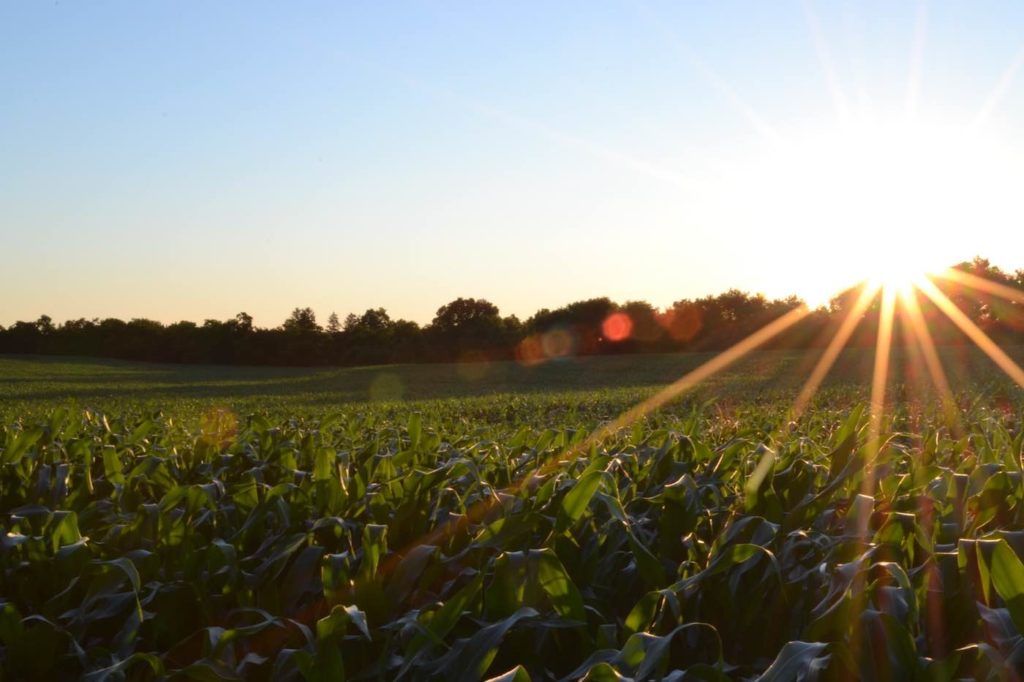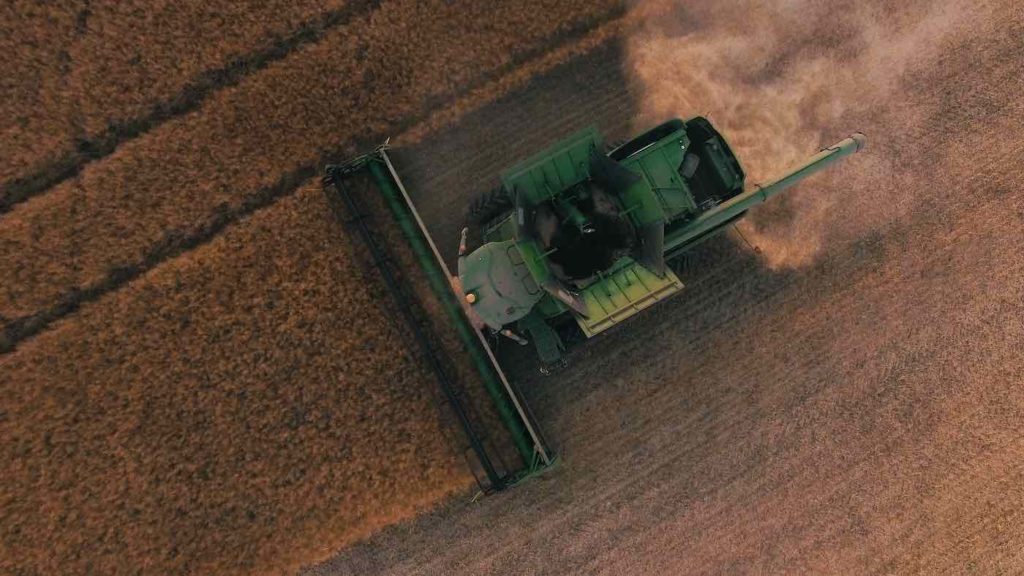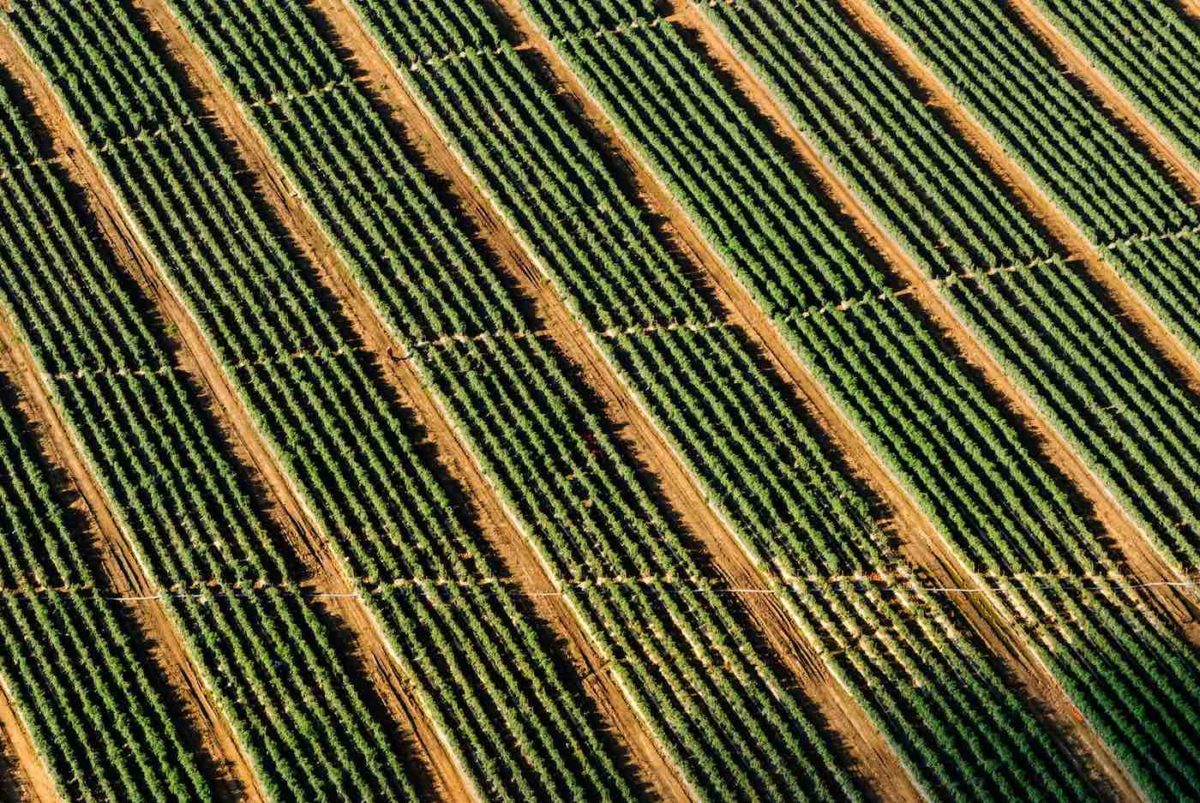Small-scale farmers in various parts of the world use multiple cropping methods now. For decades, it has been regarded as the most cost-effective and lucrative farming method for them. And even in today’s era, this cropping system ensures the best benefits to many farmers.
If you are a farmer, adopting the practice of multiple cropping can be a great financial boon to your farm. The practice of multiple cropping makes it possible for you to increase the yield of your existing farm, while also providing other economic benefits.
This article explains multiple cropping in detail. Studying this concept will help you decide whether or not it is the right option for your farm next season.
What is Multiple Cropping or Multicropping?
Multi cropping or multiple cropping is the process of using a single growing area to grow multiple crops. That means farmers can harvest a second crop seed in the same plot within proximity to another crop.
This practice of multiple cropping is also known as intercropping system. When it’s done correctly, this harvesting technique can lead to cost savings, improved pest management, and increased yields with robust irrigation scheduling.
Types of Multiple Cropping Systems
Multiple cropping is primarily divided into three types that may include the following categories,
- Monoculture: Monoculture is the practice of growing only one crop in a field. For instance, this cropping system requires you to plant the same seeds, such as rice seeds, in your farming plot year after year.
This harvesting technique provides less biodiversity and makes it more susceptible to pests and bad weather. - Duoculture: Duoculture is a year-round crop rotations system. In this system, two crops are cultivated one after the other on the same block of land.
The technique is simple: plant one crop (rice) in the wet season and the other crop (jute) in the dry season. - Polyculture: Planting multiple crops in a year is called polyculture, and it’s a practice that helps build a sustainable food system that doesn’t damage the environment.
Also, by planting such a wide variety of plant species, farmers can work to mitigate many problems. For example, farmers might plant more winter crops during a season with low rainfall.

How Can You Do Multiple Cropping?
There are multiple techniques to grow cover crops through multiple cropping that yield seasonal benefits to a global irrigated cropland. These four techniques will provide you with the most comprehensive methods in the multi-cropping system.
- Intercropping: This is the practice of growing several crops in proximity. By simultaneously growing a number of crops on the same land, farmers can maximize their harvest yields.
Intercropping provides a shield against damage from pests and disease, reduces weeds and crop diseases, and makes harvesting easier. - Rotations: This is a farming practice that primarily focuses on sequential cropping. For instance, when farmers harvest different kinds of corn in their farming land in a sequential manner, it can be considered crop rotations.
Corp rotations help build soil fertility, reduce weed pressure, and ensure yield advantage. - Agroforestry: Agroforestry is the practice of interplanting of combining trees and shrubs with crops or pastureland to create a sustainable growing environment.
Having a healthy tree population in conjunction with your farm can provide many benefits, such as cleaning the air and water, reducing erosion, and increasing wildlife habitat. - Green Manuring: Green Manure is a farming practice used to capture and store atmospheric nitrogen in the soil or crop residues. It’s also an excellent organic fertilizer.
Green manuring adds nutrients to the soil and helps to control weeds. It also adds organic matter to the soil, which promotes microbial activity and enrichment.
What Crops Should You Start Multiple Cropping Systems with?
The crops that you can grow in multiple cropping are varied and plentiful. You can cultivate your favorite plants, fruits, and vegetables to create your perfect crop.
These plants include vegetables like lettuce and cabbage, fruits like apples and pears, and even other mixed crops like wheat! You can also plant some perennial crops to get the most out of your harvest.
What are the Benefits of Multiple Cropping?
Multiple cropping systems mean different harvesting crops within the same land at the same time. Specifically, these crop species don’t have any growing season that makes it possible for the farmers to harvest at any time of the year and count a better profit from it.
To talk about the overall benefits of multiple cropping, there are certainly a few points to highlight, but one of the most significant benefits of various cropping is that it allows farmers to produce not only just one crop but also some other varieties that people can enjoy year-round.
Besides, by switching between different types of crops, farmers can help improve their soil and appeal to a variety of customers. And with the wide array of produce grown across the globe, it’s nearly guaranteed that there’s a crop for everyone in the world!
Implications for food security and the environment
The multi-crop system is not only a more effective agricultural production model but also the very best way to farm. It is able to accomplish high yields without damaging the environment and without the threat of contamination.
This concludes that the method of multi-cropping has some significant health and environmental implications. It’s the safest and most dependable approach to raising healthy, safe component crops.
And as more and more people realize that organic growing is the only way to go, we will soon have a lot fewer pesticides in our food and soil — which will be better for everyone involved.

How Can You Do Multicropping on Your Urban Farm
The urban farming technique can produce a wide variety of sole crops even with limited space, so it is often more efficient than conventional crop production and rural farming in many ways.
To get started with multiple cropping on your urban farm, you’ll want to follow the common basic harvesting techniques. However, the exception is that it’s a community-supported crop farming that requires more resources and better care than the traditional farm.
This translates into a higher-yield farming system that provides communities with a steady supply of fresh produce — especially in cramped spaces.
To ensure the best harvest, you will just have to be more sincere with your soil types and resource use efficiency. For example, if your garden relies on an aquaponic system, remember that plants need sunlight as well as water.
In Summary
Although multiple cropping is an effective way of producing more food, it may not be the most sustainable option in some areas. In places where productivity needs to be at its highest, considering weather conditions and different soil types across a farm is essential for successful farming.
Therefore, be considerate of your area and its soil erosion level before fitting into the business of multiple cropping.
As long as your land area is certified by the national environmental specialists for multiple cropping systems, you are good to try out this trending and effective farming method for quicker farm growth cycles.
FAQ about Multiple Cropping
Multiple cropping systems include three primary types in them, which are as follows: Monoculture, Duoculture, Polyculture. These three cropping categories essentially develop multiple crops that bring diversity in crop species.
You can practice multiple cropping to increase productivity and income levels and diversify your crops.
Multiple cropping involves growing two or more crops in the same plot or farming land. It is a type of agriculture that has various harvests in a year. It’s more than just planting more than one crop; it also means planting these crops at different times in the year.
By applying this method to your farm, you can increase your income and food production while also reducing the amount of work.
Multiple cropping helps farmers increase their profits by increasing the number of crops they grow, as well as diversifying their diet. It can also reduce expenses on pesticides and fertilizer, as farmers use a variety of crops to fertilize each other naturally.
Corn is grown in a number of different farming systems. One of the most common is the multi-cropping system. Researchers say that corn is the best crop species in multiple cropping.
The difference between multiple cropping and mixed cropping are as follows, Mixed cropping combines two different crops planted in the same plot; multiple cropping is planting two crops within a given time, with one crop purely being used as a follow-up crop to the initial.
Crop rotation and multi-cropping are two different solutions to the same problem: how to keep the soil fertile. Rotating crops means growing different crops over time to avoid soil depletion, while multi-cropping means growing two or more crops on the same land plot at once.
